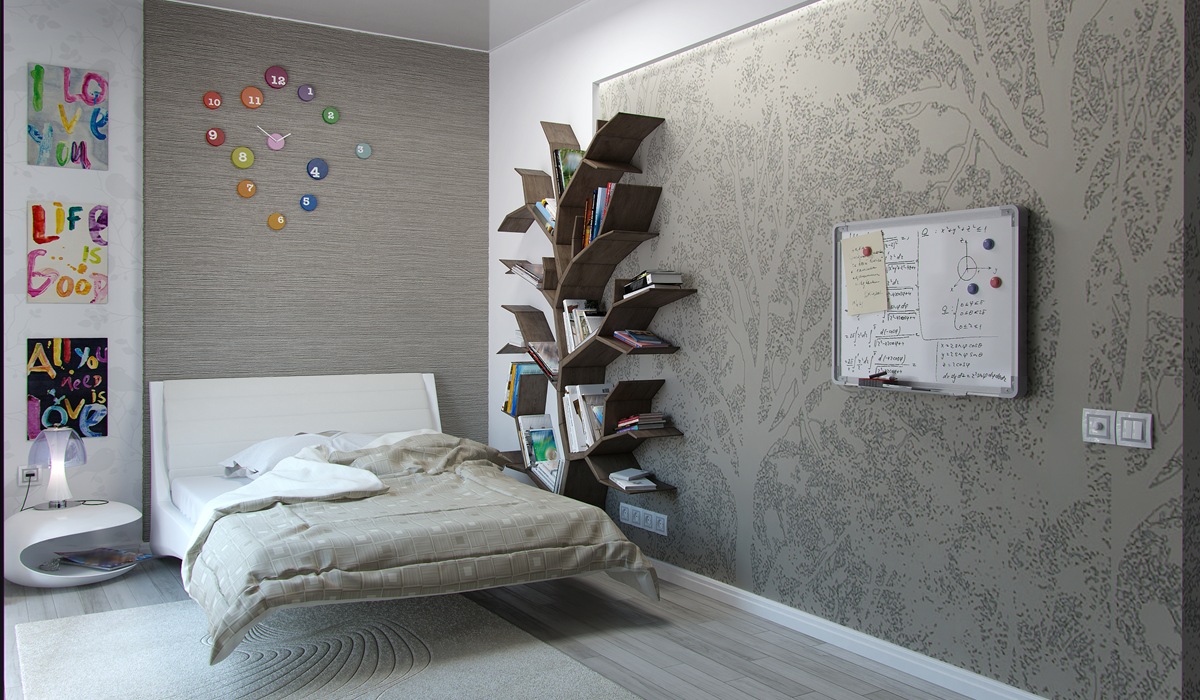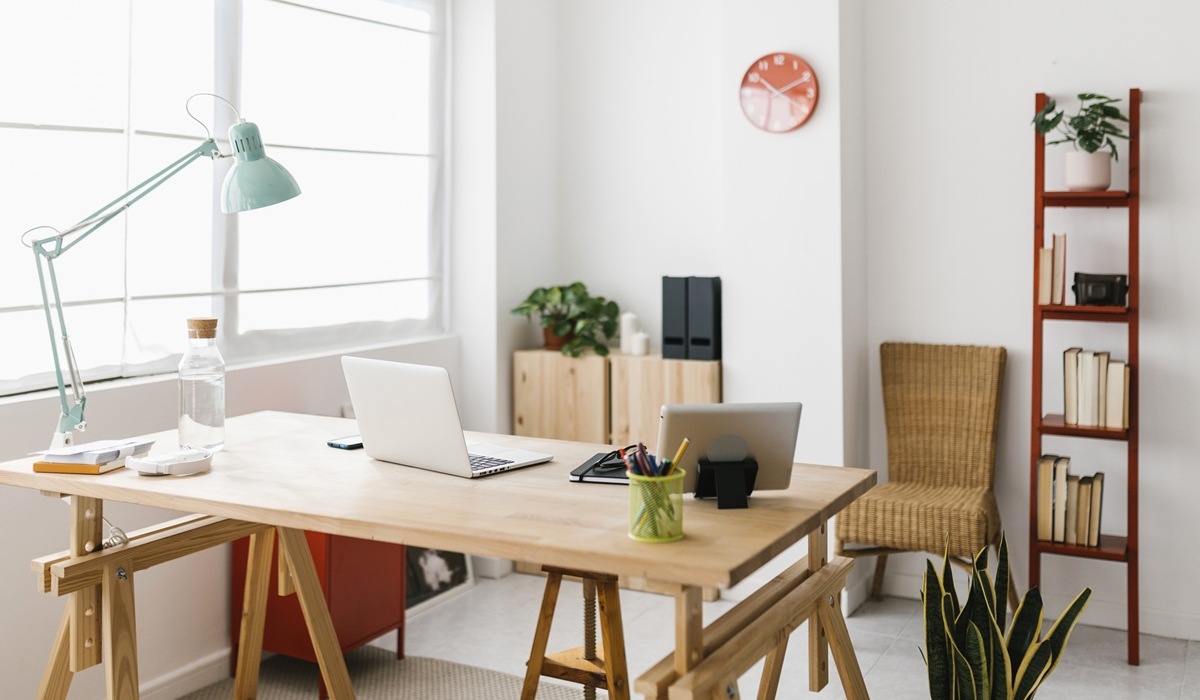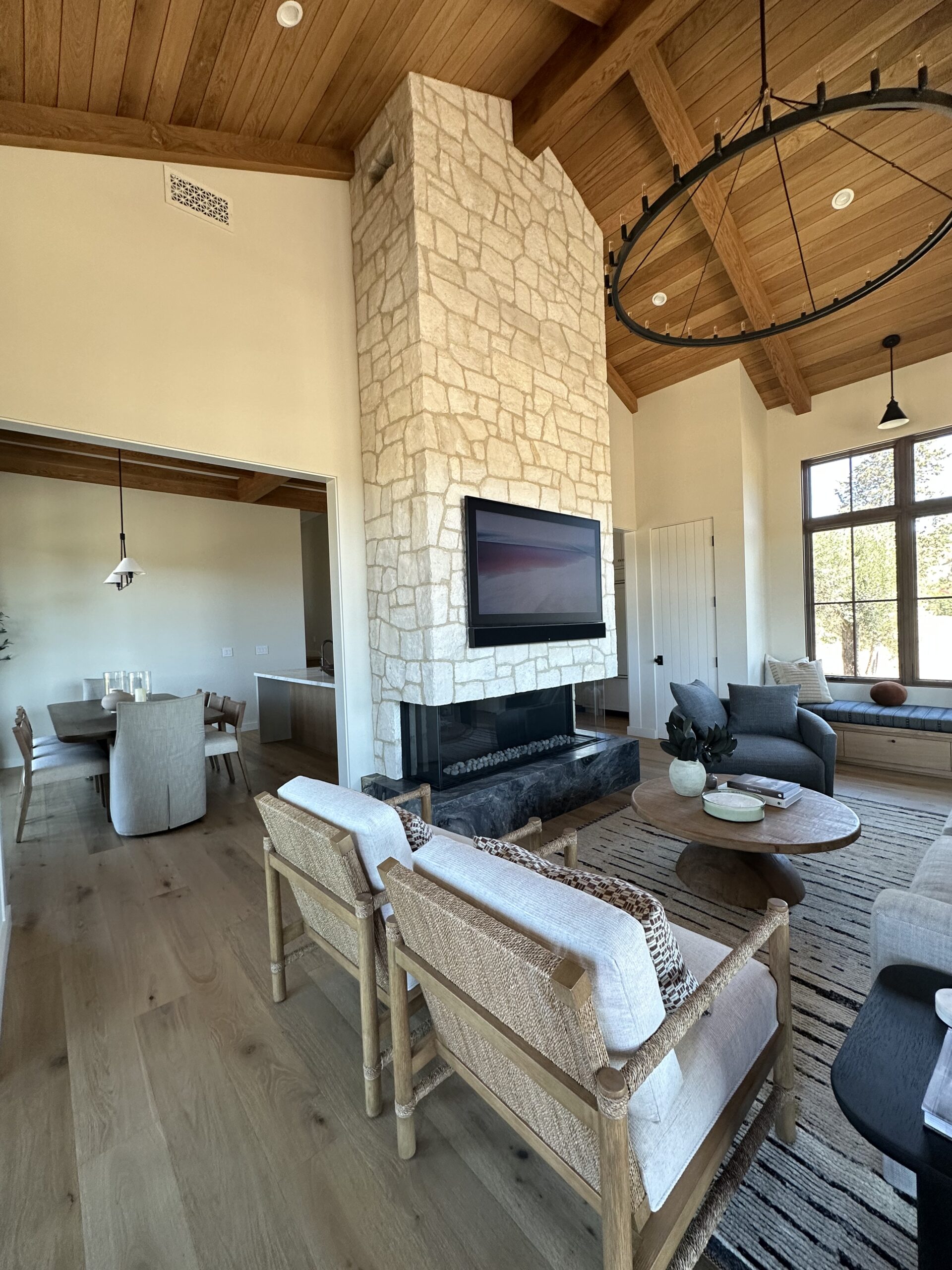Choosing the right paint color for your interior house painting project can feel overwhelming, especially when every room has its own mood and purpose. If you’re diving into a full-home makeover or just refreshing a few rooms, this interior paint color guide is your key to getting it right from the start.
Whether you’re picking a warm tone for your living room or a calming shade for your bedroom, choosing the right color can completely change how your space feels. A well-planned interior house painting project doesn’t just improve aesthetics; it boosts comfort and even value.
Key Takeaways:
- Use light colors to open up small spaces.
- Choose paint finishes based on function and durability.
- Test samples in natural and artificial lighting.
- Coordinate colors by tone, not just shade.
- Understand the mood each color creates.

The Power of Paint: Why Color Choice Really Counts
The color of your walls plays a huge role in the way you and your guests experience each room. It’s not just about trends; it’s about creating a space that works for your lifestyle. Bright, bold colors can energize a kitchen or home office, while soft neutrals might suit a relaxing bedroom or reading nook.
Start with the Purpose of the Room
Before you pick up a paintbrush, ask yourself: what is this room for? A bedroom meant for rest should feel calm and peaceful, while a dining room for entertaining might benefit from warm, inviting tones. Understanding the room’s purpose helps you narrow down the color palette.
Consider the Lighting
Lighting is one of the most important elements in any interior paint color guide. Natural light, warm bulbs, and cool LEDs all affect how a color looks. Paint samples on your walls and look at them at different times of day before committing.
Choose the Right Finish
Finishes matter just as much as color. Here are some basic guidelines:
- Flat or matte: Best for low-traffic areas like ceilings and adult bedrooms. This finish hides imperfections well and offers a smooth, non-reflective surface, perfect for creating a calm, cozy ambiance.
- Eggshell: Slightly more durable, great for living rooms and dining rooms. It has a soft sheen that adds a bit of elegance while still being subtle, and it’s easier to clean than flat finishes.
- Satin: Easy to clean and works well in high-traffic spaces like hallways. Its smooth, velvety texture holds up to scrubbing, making it ideal for spaces that see frequent use or occasional scuffs.
- Semi-gloss/Gloss: Ideal for kitchens, bathrooms, and trim where moisture and fingerprints are common. These finishes are highly durable, reflect light well, and are especially good at resisting moisture and grime, making them perfect for functional, high-touch surfaces.

Room-by-Room Recommendations
Each room in your home serves a unique purpose, and the color you choose should support that purpose while expressing your style. From social spaces to personal retreats, here’s how to get the most out of your paint choices.
Let’s break it down:
Living Room
Go for warm neutrals or soft greens and blues. These colors invite conversation and comfort, making your living room the perfect space to gather with family or entertain guests. Earthy tones can add sophistication, while cooler hues offer a more laid-back, peaceful ambiance.
Kitchen
Whites and soft grays are timeless choices that keep your kitchen feeling bright and clean. To add personality, try a bold accent wall or colorful cabinets. Sage green, navy blue, or even mustard yellow can bring warmth and a touch of character without overwhelming the space.
Bedroom
Think calming and serene. Light blues, grays, and soft lavenders promote relaxation and better sleep. Consider layering tones within the same family for added depth, or incorporating textured accent walls in a slightly darker hue to anchor the room.
Bathroom
Bathrooms often benefit from light, airy colors. Pale blue, seafoam green, or crisp white can help small spaces feel more open and spa-like. High-gloss finishes can reflect more light and stand up to moisture, making them practical as well as pretty.
Home Office
Cool blues and greens are excellent for improving concentration and reducing stress. Lighter shades can keep things bright, while deeper hues create a focused, cozy workspace. Avoid reds and overly dark tones that can feel oppressive or overly stimulating.
Dining Room
Warm earth tones like terracotta, caramel, or deep beige set the mood for intimate dinners and lively conversations. These hues pair beautifully with natural wood furniture and soft lighting, creating a dining space that feels both elegant and inviting.

Use Color Psychology
Colors impact mood. Here’s a quick cheat sheet:
- Blue: Calming and serene. This color brings a sense of tranquility and peace, making it ideal for bedrooms and bathrooms where relaxation is key.
- Green: Balances and refreshes. Associated with nature, green fosters a sense of harmony and renewal—great for living rooms or offices.
- Yellow: Uplifting and energizing. Yellow evokes happiness and warmth, making it a cheerful choice for kitchens or playrooms.
- Red: Bold and stimulating (use sparingly). Red boosts energy and excitement, perfect for accent walls or dining areas where you want to make a statement.
- Gray: Neutral and versatile. Gray serves as a modern, sophisticated backdrop that pairs well with nearly any color scheme.
- White: Clean and spacious. White reflects light and creates a sense of openness, making it a go-to for small rooms or minimalist aesthetics.
Don’t Skip the Sample Test
Once you’ve narrowed down your favorites, buy sample sizes and paint large swatches directly onto your walls—at least 12 by 12 inches. Be sure to test in multiple locations, especially spots that receive different amounts of natural light. Look at them throughout the day: in the bright morning sun, soft afternoon light, and under your room’s evening lighting.
You’d be surprised how much a shade can shift depending on the time of day and type of light. This small step can save you from costly mistakes and make you more confident in your final decision.
Coordinate, Don’t Match
Your home should flow from room to room in a way that feels natural and intentional. Instead of using the same paint color in every space—which can feel flat and uninspired—opt for coordinating tones that share similar undertones or belong to the same color family.
For example, pair a soft sage in the living room with a muted olive in the dining room, or use variations of a warm beige throughout. This approach allows each room to have its own identity while still maintaining a visual harmony across the home. It’s a simple way to create a more layered and designer-inspired look.
Final Touch: Trim and Ceilings
Don’t forget the fifth wall! Ceilings are often overlooked, but they have a powerful impact on the overall feel of a room. A fresh coat of white paint on ceilings can open up the space, reflect more light, and create a clean, crisp backdrop that enhances the wall colors.
Trim work—such as baseboards, crown molding, and door frames—also plays a vital role in defining a room’s character. Using a bright or subtly contrasting white on trim can highlight architectural details and frame each room beautifully. These finishing touches pull everything together and give your painting project a polished, intentional look.
Ready to Begin Your Painting Project?
Your interior house painting project deserves thoughtful planning and a color palette that reflects your taste and lifestyle. With the help of this interior paint color guide, you’re one step closer to creating a home that truly feels like yours.
Need professional guidance? The experts at Rojas Painting are here to help you choose, plan, and execute your perfect color scheme.
Call 707-353-7471 today to schedule your in-home consultation!



